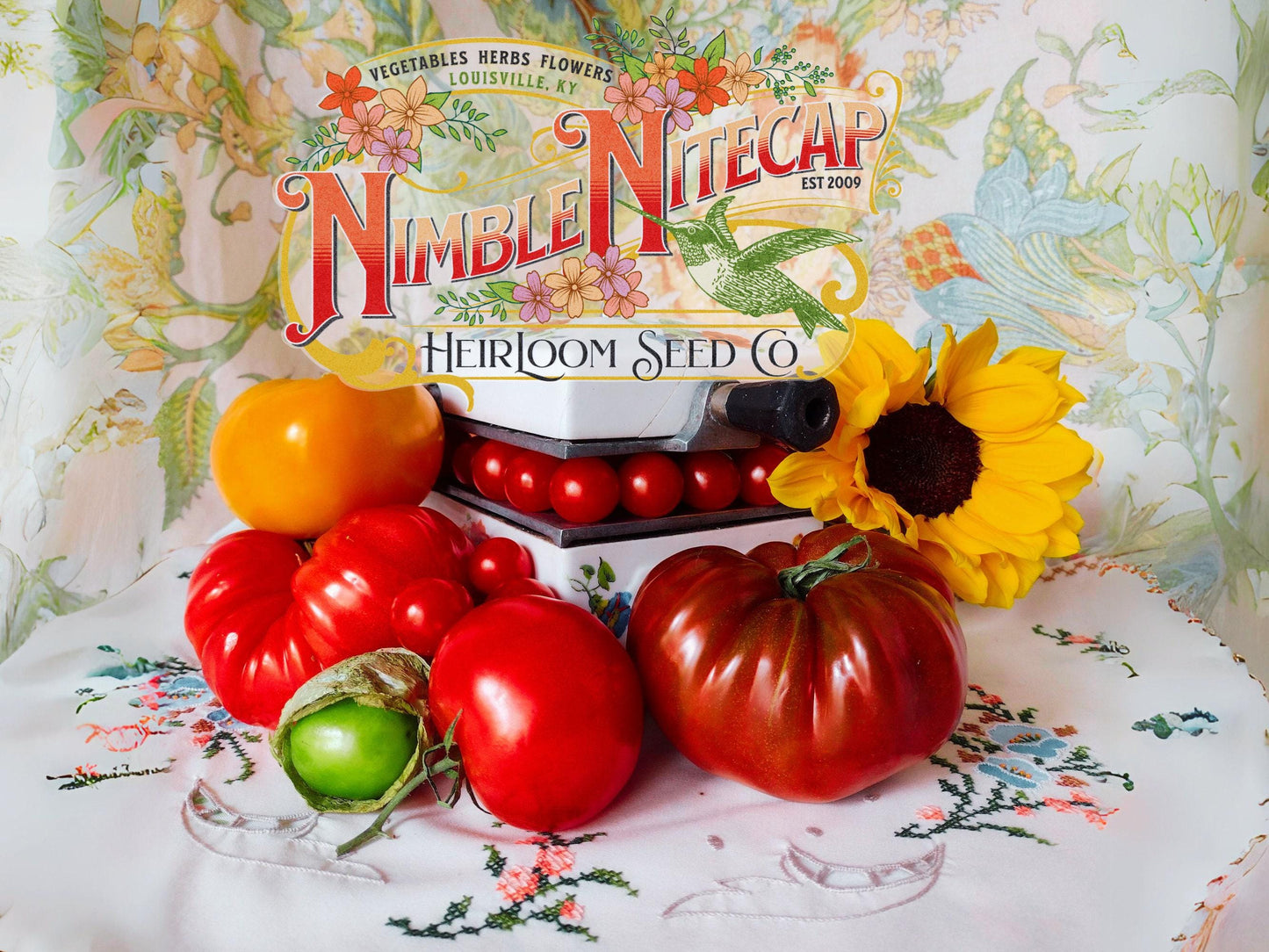A backyard gardener’s dream. These super-sweet, softball-size muskmelons grow on unusual three- to four-foot vines. You can even grow ‘Minnesota Midget’ in a container on your patio, because it is that well behaved. Each plant will produce six to eight melons, each perfect as a treat for one or two people.
This short-season grower (days to maturity: 60 to 70) is a good choice for gardens in cooler climates, but it will thrive in almost any climate. The Minnesota moniker simply refers to where it was bred and introduced.
Flavor: The thick, orange walls of this melon pack a lot of flavor into a small package. A high sugar content makes it sweet enough for dessert, and the firm, suple texture truly melts in your mouth. These tiny gems have thin rinds, so no dewy flesh is wasted. As its name suggests, this tiny melon was bred by the research department of the University of Minnesota in 1948. Soon afterwards, it was introduced by local seed retailer Farmer Seed and Nursery Company. Early arriving heirloom melon with delicious meaty golden flesh.
This ever-so-sweet melon arrives early, making it a good choice for northern gardens with short seasons. Bred at the University of Minnesota in the 1940s, the small 4" melon's thick, meaty, golden yellow flesh boasts excellent flavor and a high sugar content. Perfect for smaller gardens, the compact vines grow to only 3' and produce prolifically.
~ planting ~
When to sow outside: 1 to 2 weeks after average last frost, and when temperatures are warm.
When to start inside: Recommended for cold winter climates. 4 to 6 weeks before average last frost. Seedlings don’t transplant well – use paper or pulp pots and transplant pots directly into soil.
~ harvesting ~
Harvesting at the right time is very important with melons. Commercial growers harvest before melons are ripe, forcing them to ripen off the vine, but, the last few days of ripening on the vine put a lot of sugars into the melon. Bottom line is that melons taste significantly better when vine ripened. How do you know when melons are ripe? These indicators: 1) The color between the surface netting is brown, not green. 2) A ripe melon will have a pleasant, fruity aroma at the blossom end. 3) A crack will form on the stem right near the point of attachment. This is called the “slip stage”, and in a few days, the melon will detach from the vine with little effort and pressure. If it is somewhat difficult to detach the fruit from the vine, the melon is not ready yet. Do not allow to over-ripen.











